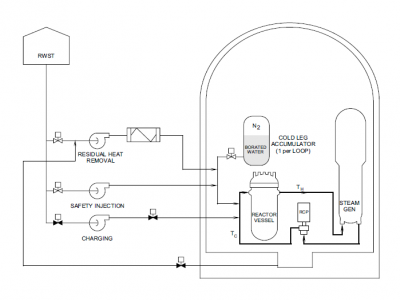Artificial Intelligence
Of late, efforts are underway to build computer-assisted diagnostic tools for cancer diagnosis via image processing. Such computer-assisted tools require capturing of images, stain color normalization of images, segmentation of cells of interest, and classification to count malignant versus healthy cells. This dataset is positioned towards robust segmentation of cells which is the first stage to build such a tool for plasma cell cancer, namely, Multiple Myeloma (MM), which is a type of blood cancer. The images are provided after stain color normalization.
- Categories:
 6827 Views
6827 ViewsWe introduce a novel dataset specifically designed for the evaluation of “alarm flood classification” (AFC) methods within process plants. The growing complexity of industrial systems and the heightened demands for operational safety and efficiency underscore the critical need for advanced diagnostic tools capable of handling alarm floods—situations where numerous alarms are triggered simultaneously.
- Categories:
 374 Views
374 Views
Passwords that were leaked or stolen from sites. The Rockyou Dataset is about 14 million passwords.
- Categories:
 1543 Views
1543 Views
We generated attack datasets 1 based on real data from Austin, Texas.
- Categories:
 357 Views
357 Views
The feature map from convolution neural networks
- Categories:
 85 Views
85 Views
Mother’s Significant Feature (MSF) Dataset has been designed to provide data to researchers working towards woman and child health betterment. MSF dataset records are collected from the Mumbai metropolitan region in Maharashtra, India. Women were interviewed just after childbirth between February 2018 to March 2021. MSF comprise of 450 records with a total of 130 attributes consisting of mother’s features, father’s features and health outcomes. A detailed dataset is created to understand the mother’s features spread across three phases of her reproductive age i.e.
- Categories:
 2376 Views
2376 Views
Expanding our knowledge of small molecules beyond what is known in nature or designed in wet laboratories promises to significantly advance drug discovery, biotechnology, and material science. Computing novel small molecules with specific structural and functional properties is non-trivial, primarily due to the size, dimensionality, and multi-modality of the corresponding search space. Deep generative models that learn directly from data without the need for domain insight are recently providing a way forward.
- Categories:
 386 Views
386 Views
This file contains the MAB algorithms for millimeter wave (mmWave) beamforming training (BT) in Indoor environment for both single beam and concurrent beams scenarios. The algorithms were developed using MATLAB software and they are making use of the following data set
- Categories:
 265 Views
265 Views
This dataset of 7200 channels is generated at different locations in the room area of 30x15x4 m3, where the locations are separated by 0.25m in both horizontal and vertical directions. Each AP uses 10 dBm TX power and 2D BF. In the concurrent mmWave BT scenario, all APs are operating, while in the single mmWave BT scenario, we consider a single AP fixed on the center of the room’s ceiling
- Categories:
 216 Views
216 ViewsA fundamental building block of any computer-assisted interventions (CAI) is the ability to automatically understand what the surgeons are performing throughout the surgery. In other words, recognizing the surgical activities being performed or the tools being used by the surgeon can be deemed as an essential steps toward CAI. The main motivation for these tasks is to design efficient solutions for surgical workflow analysis. The CATARACTS dataset was proposed in this context. This dataset consists of 50 cataract surgery.
- Categories:
 11970 Views
11970 Views

